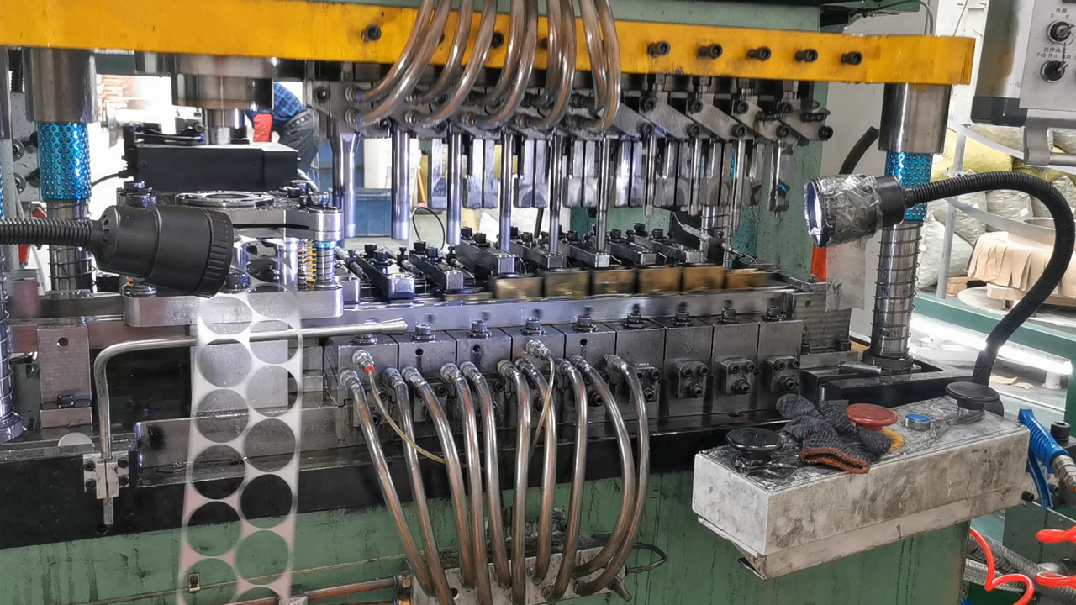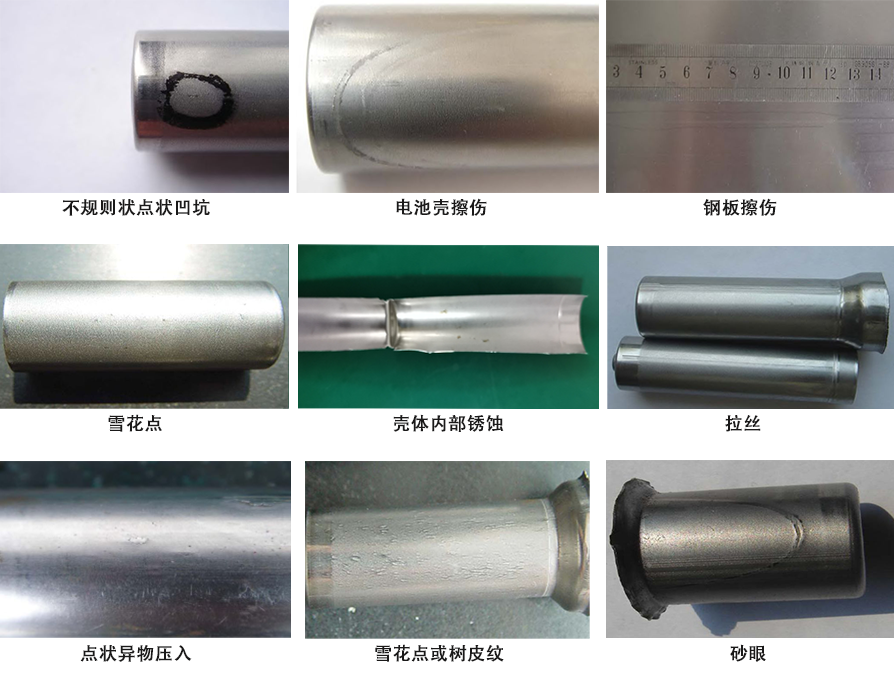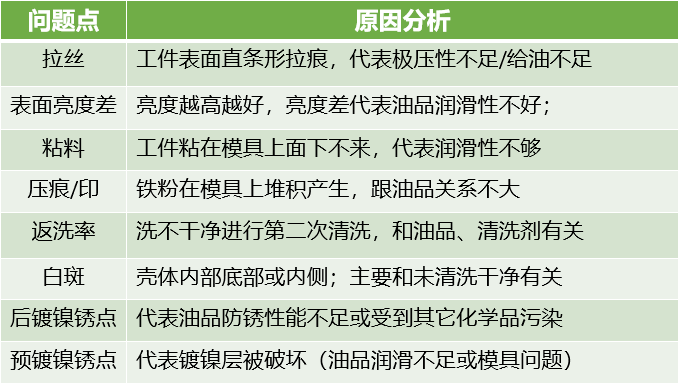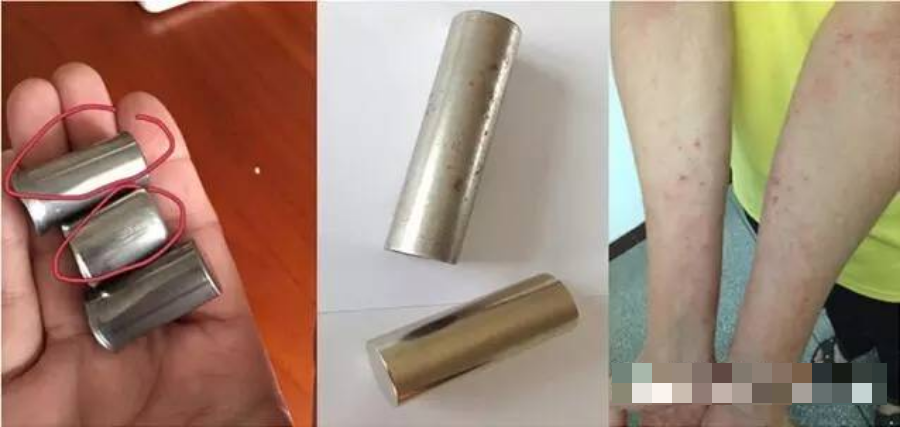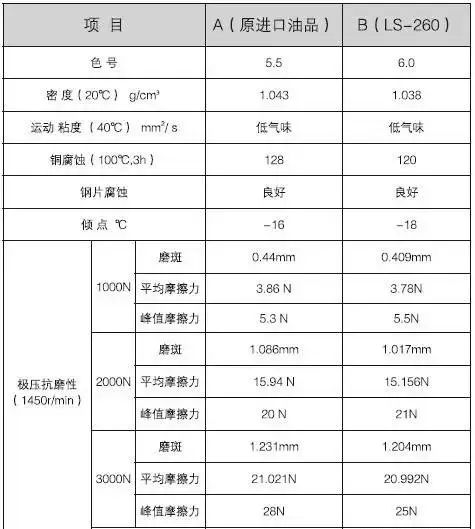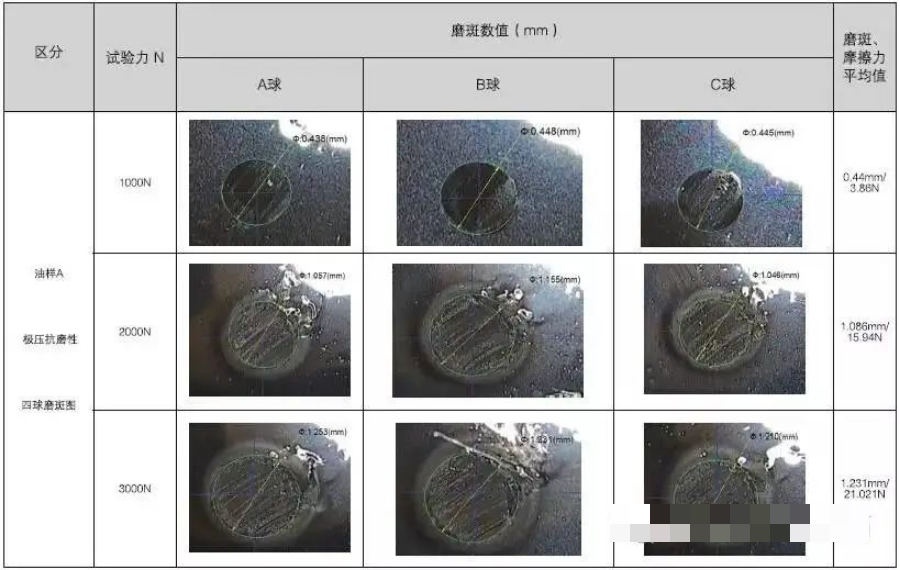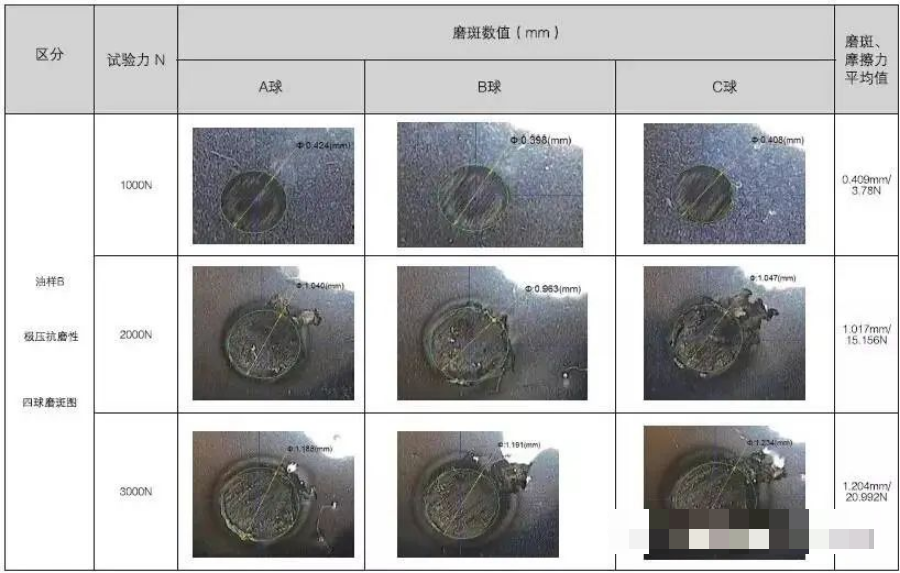Steel shell stretching oil common problems and solutions
February 18, 2024
Steel shell stretching oil common problems and solutions
At present, due to the vigorous promotion of new energy vehicles, the battery industry is in an unprecedented period of rapid development and expansion, especially new battery materials and battery processes. In fact, the improvement of battery performance depends on the continuous improvement and upgrading of battery materials on the one hand, and the quality of battery components also plays an important role in improving battery performance. The quality of the power battery housing determines the environmental performance of the car. At present, the shell material of the power battery is generally aluminum and steel two types. From the market, technology, economy, engineering and other aspects of comparative analysis, steel battery housing in the future market will still occupy a larger market and position. Common problems in processing In the process of stamping and drawing, the steel battery shell needs to be processed into products of specific size, shape and depth through the process of blanking - multi-step (thinning) stretching - bottom forming - cutting head. In this production process, lubricating oil is needed to protect the mold and reduce wear. The excellent extreme pressure of the lubricating oil can prevent the workpiece from pulling, and the oil film will not break under the high temperature of the mold to maintain a good lubrication effect, so as to ensure the smooth drawing process. Therefore, the selection of lubricating oil is extremely important, if the improper selection, often encounter the following problems, affecting the quality of steel battery shell processing products. Common defects in steel battery case processing and production Colleagues who are often in contact with stainless steel materials know that nickel-containing alloys are easy to stick when cutting, similarly, when stamping and drawing, they are also easy to stick, resulting in hair and strain problems. Previously, it was widely believed that chlorinated paraffin was the most effective lubricant, and this misunderstanding made many lubricant manufacturers add a large amount of chlorinated paraffin in the formula when providing steel shell stamping stretching oil, and even directly provide customers with pure chlorinated paraffin as stretching oil, but there are still many problems: Problem solution Drawing and pulling are mainly because the nickel in the processed material and the cobalt in the alloy tool or alloy die have a strong affinity, and the processing is "sticky", and the thermal conductivity is poor, the stamping and drawing oil needs to have high enough extreme pressure anti-wear to reduce the high temperature brought by friction, obviously this can not rely solely on chlorinated paraffin. It is also necessary to combine highly efficient vulcanized lard and ester to complete the processing. Choose the appropriate additives, but also have the appropriate viscosity to solve the cleaning problem, the size of the viscosity and the number of molds of the drawing machine, which requires subtle adjustments after communication with the shell manufacturer, do not add excessive viscosifier in the formula to improve the adhesion of the oil, this practice will only make the problem of difficult to clean further aggravated. Causes of skin allergies, corrosion and rust of equipment and workpieces: Oil contains a large number of chlorinated paraffin, when the extreme pressure of chlorinated paraffin plays a role, chlorine begins to release in large quantities, combined with oxygen and water in the air to form hydrochloric acid (HCL hydrogen chloride), resulting in skin allergies of employees, oil manufacturers need to add trapping agents and alkaline additives in the formula to neutralize the problem. Case study The following is a summary of the front-line experience of a domestic leading steel shell enterprise oil supply service for many years, to analyze the working characteristics of steel battery shell stamping and stretching oil. In the early days, the customer's demand was due to the high cost pressure of oil procurement, and they wanted to find stamping and stretching oil that could replace the original imported oil in China, but the repeated oil tests were not ideal, and the common problems were delayed, which seriously affected the economic efficiency and production efficiency of the factory. The following table is the main data comparison between the original imported steel shell drawing oil sample (A) and the replacement aluminum shell drawing oil LS-260 (B) provided by the customer, among which: Note: 1Kg=9.81N; Under the action of the same experimental force, the smaller the abrasion spot, the better the extreme pressure wear resistance, the stronger the protection of the workpiece and equipment. Below is a screenshot of some of the wear patches tested by the automatic image measuring instrument for the extreme pressure wear resistance of the four balls: When the pre-plated nickel steel strip is thinned and stretched, the plate has a large amount of instantaneous deformation, and the oil needs to have sufficient adhesion, anti-wear and extreme pressure, requiring the rapid release of various extreme pressure anti-wear agents in the oil to reduce the dramatic friction between the workpiece wall and the outer die when the internal die is struck down, so as to ensure that the internal die smoothly hits the bottom of the workpiece. Combined with the four-ball data chart and the wear spot value of this test, it can be seen that the emphasis of evaluating the extreme pressure anti-wear performance of these two tensile oils should be placed on the key function interval of 1000N~3000N, that is, the linear fluctuation in the formation process of oil "physical-chemical oil film", rather than simply focusing on PB and PD; From the data of the entire grinding spot and friction force, the more stable the fluctuation and the shorter the time, the better the practical effect of the oil will be. Iv. Summary: Through viscosity, corrosiveness and professional four-ball machine test and analysis, it is concluded that: 1. The viscosity and density of A and B oils are almost the same, and there is no obvious sticking and "drawing" phenomenon when touched by hand; The pour point below -15℃ indicates that the wax content in the Base Oil will not exceed the standard, and the basic judgment will not be difficult to clean; 2. The corrosiveness of the two oils is minimized, fundamentally eliminating the problems of rust and allergies; 3. When four balls are used to test the extreme pressure wear resistance of the two oil products, it can be seen from the data that the wear spots and friction of oil samples A and B change linearly with the increase of test pressure and the data difference is very small, which can be directly replaced.

